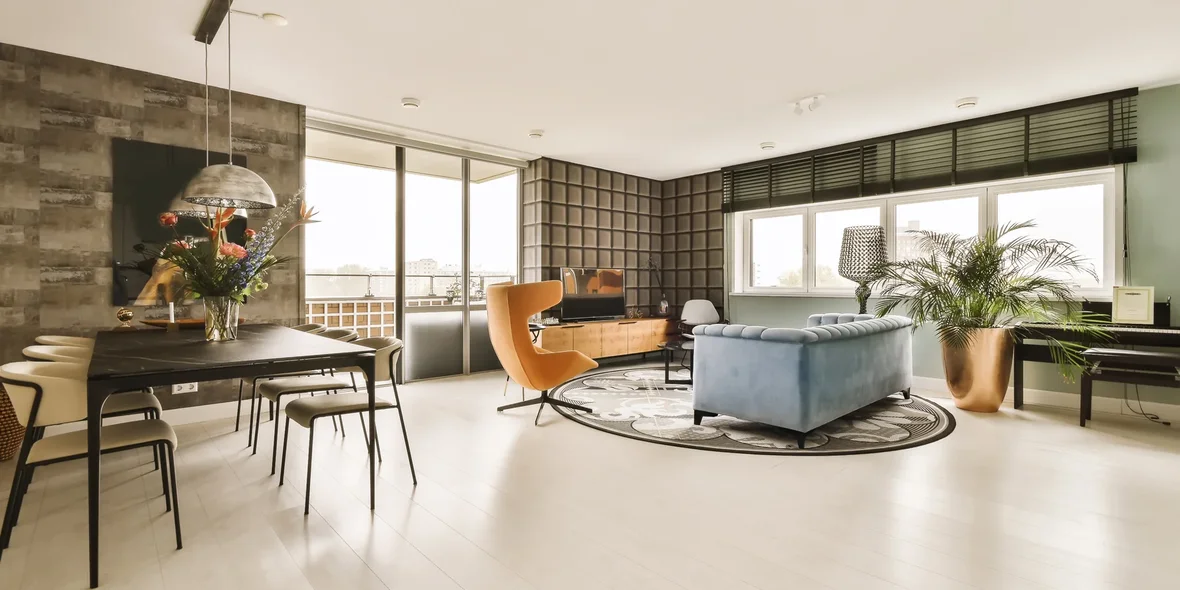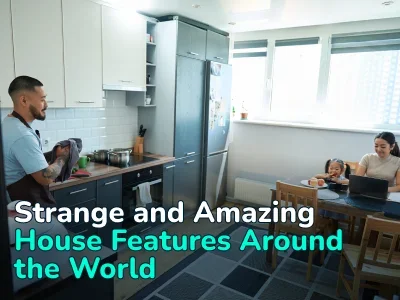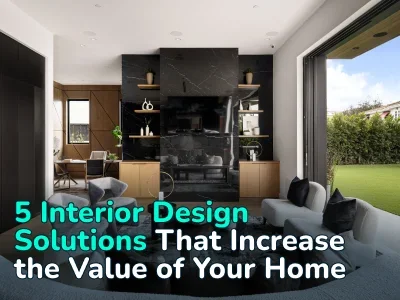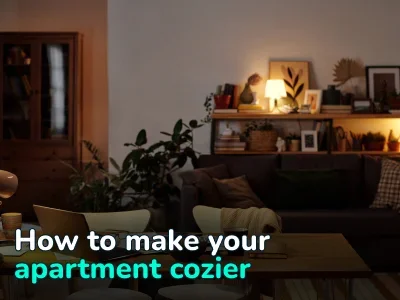
How to Choose a Designer Who Speaks the Language of Investors and Realtors
More and more owners, developers, and investors understand that the right interior and planning solutions can add tens of percent to the value of real estate. But how can you find a specialist who thinks not in meters of tiles, but in ROI? Igor Krasnov, founder of the interior studio KRASNOV, tells how to choose a designer who speaks the language of realtors, thinks, plans, is results-oriented, and knows what the market needs.
How to Choose a Designer Who Speaks the Language of Investment
 Design has long gone beyond “making it beautiful”. Today, it is a tool for influencing the liquidity of real estate. Correct planning, verified solutions, logic in every meter, it is not about aesthetics, but about investment strategy. We tell you how to choose a designer who not only draws visualizations, but also understands how to make an object profitable.
Design has long gone beyond “making it beautiful”. Today, it is a tool for influencing the liquidity of real estate. Correct planning, verified solutions, logic in every meter, it is not about aesthetics, but about investment strategy. We tell you how to choose a designer who not only draws visualizations, but also understands how to make an object profitable.
Designer = Developer, Realtor, and Investor All Rolled Into One
If a designer does not think in terms of the cost per square meter, price increases after renovation, and the target audience of the property, working with them is risky. A true professional understands the market: he knows what kind of finishing is appropriate in the business class, and what will be a minus in a premium location. He does not think about marble and stucco, but about how each interior element affects the selling price.
What is important: ask to see not only a portfolio, but also real cases: how the cost of objects changed before and after the implementation of the design project. Compare sketches with the final result, clarify whether there were any sales. This approach distinguishes a designer-investor from a simple visualizer.
Liquidity Starts with Planning
Good design always starts with the right logic. There are universal parameters of liquid apartments: functional division into zones, good insolation, rectangular geometry of the rooms, sufficient storage space. What does not work: pencil-box rooms, semicircular walls, long, narrow corridors, and linear layouts. In premium, excessive individuality is also a mistake: too “for the owner” means a decrease in interest from other buyers. A compromise between character and versatility is the designer’s task.
Rationality is More Important Than Inspiration
A good project starts not with a mood board, but with a system. The project architecture should be transparent: stages, tasks, cost, deadlines. The concept is divided into blocks, each of which is logically justified and can be calculated.
Hint: at the project presentation stage, ask for an explanation of how each choice was made, from materials to layout. If the designer answers “because it’s beautiful,” run away.
Budget under control
Estimation is another kind of art. It should include:
- Rough and preparatory work.
- Electricity and plumbing.
- Finishing materials.
- Furniture and equipment.
- Logistics and installation.
- Savings for the unexpected.
Only a full estimate allows you to realistically plan expenses. Quality work begins with numbers, not inspiration. A good designer can offer options for different budgets and say where you can save money and where you shouldn’t.
Practice is More Important Than Theory
Publications in magazines are nice. But if the designer cannot show at least one completed project in person, it is worth thinking about. The main thing is not the render, but the built object. It is desirable that it is sold at a price above the market average. Ask for cases: not just beautiful photos, but information about the sale, customer comments, and statistics. Design works when it affects the business result.
Responsibility at All Stages
Author’s supervision, construction control, participation in assembly — all this should be in the designer’s area of responsibility. A project without support is like instructions without an assembler: everything can go wrong. Experience in implementation is a key argument in favor of a specialist.
Communication = Trust
If a designer speaks his own incomprehensible language, does not clarify details, and does not ask questions, this is an alarm signal. A good specialist knows how to explain, listen, and adapt. He does not impose solutions, but helps to choose the best option based on the client’s tasks and the prospects of the object.
A new generation designer is your co-author, partner, and co-investor. He not only makes things beautiful, but also helps turn square meters into capital. And you should choose him not by intuition, but by numbers, experience, and decision-making logic.
Author
I am responsible for editorial work. I write expert interviews and guides.























